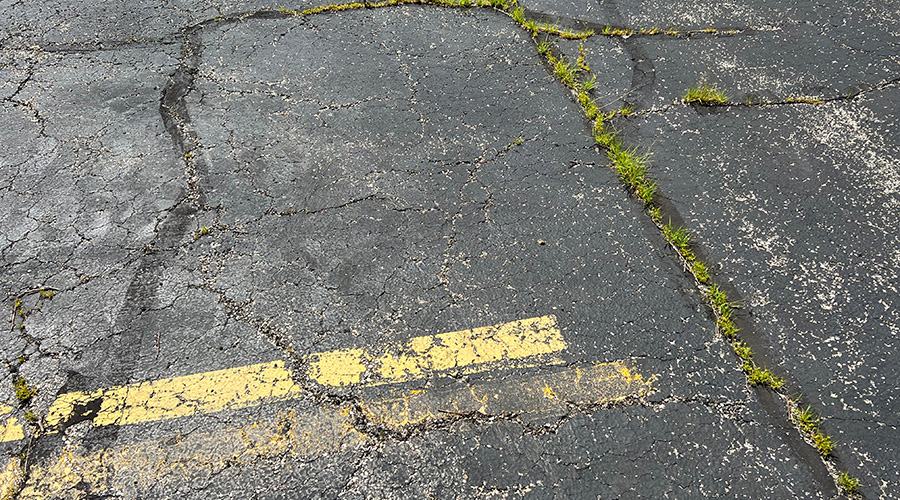Snow and Ice Removal: Three Types of Snow Plows
Product Focus: Snow & Ice Management
The seasonal nature of snow and ice management might be the most challenging responsibility for grounds managers. It is always tough to invest in and manage equipment for any type of activity, but the challenge is especially tough when the work takes place often at unpredictable times.
Given this challenge, managers must carefully weigh factors such as equipment specification, operation and outsourcing when preparing a plan to handle nature’s toughest weather.
Equipment Issues
A large winter storm bringing significant snow or ice will result in long hours, fatigue, equipment breakdowns, and potentially hazardous situations for occupants of and visitors to institutional and commercial facilities. Add to that the desired level of service most individuals expect, and managers have to ensure the removal of snow and ice in the most efficient method possible.
Matching the equipment to the workload is critical. First and foremost, managers always need to be prepared for equipment failure. Few things are worse than being stuck in the middle of a large storm and losing one or more of the tools essential for getting the job done. The students at a university typically will not stop going to class — at least not for snow — a hospital will not close down, and businesses in office buildings will not be happy starting work late because they cannot get into the parking lot.
Equipment for snow and ice removal includes plows, pick-up trucks, skid steers and compact equipment, all-terrain vehicles, front-end loaders, and other pieces of large equipment.
Snowplow manufacturers have made significant advances in the construction and design of plows in recent years. In general, the following plows, combined with proper techniques, will bring greater efficiency to the department’s snow and ice management operations:
• Straight plows. Equipment operators using a straight plow should make all passes away from buildings and toward the perimeter. The general rule is to avoid angling the blade toward a building. The goal is to get the snow as far away from buildings as possible.
• V-plows. Operators can use a V-plow to make an initial breakthrough. This V-position also is effective for hard-packed snow, ice, and deep drifts. Operators can set the blade in the straight position or angled position for general, wide-path plowing or stacking, and they can use the scoop position for clean-up and carrying snow with minimum spilling.
• Pushers/Box/Containment plows. When using a snow pusher, the operator must attach it according to manufacturer specifications. A snow pusher on a loader, backhoe, skid-steer loader or compact utility tractor can move large volumes of snow quickly and efficiently. Pushers contain snow and do not create windrows, eliminating the need for repeated plowing to remove spills.
By using the loader’s lifting capabilities, operators can use snow pushers to stack large piles of snow. By removing the snow pusher, they are left with a loader capable of loading trucks to haul away snow, if needed.
Related Topics:















